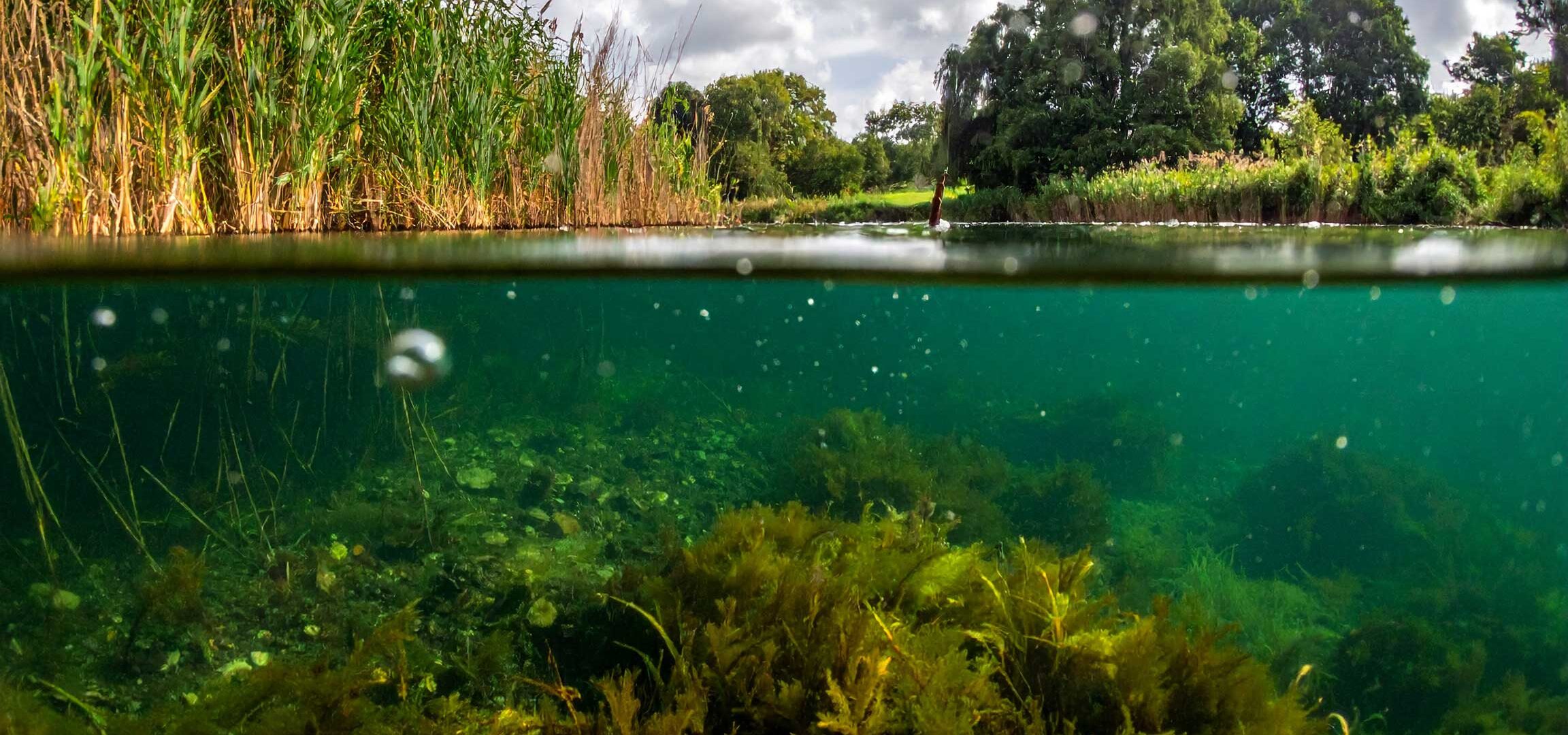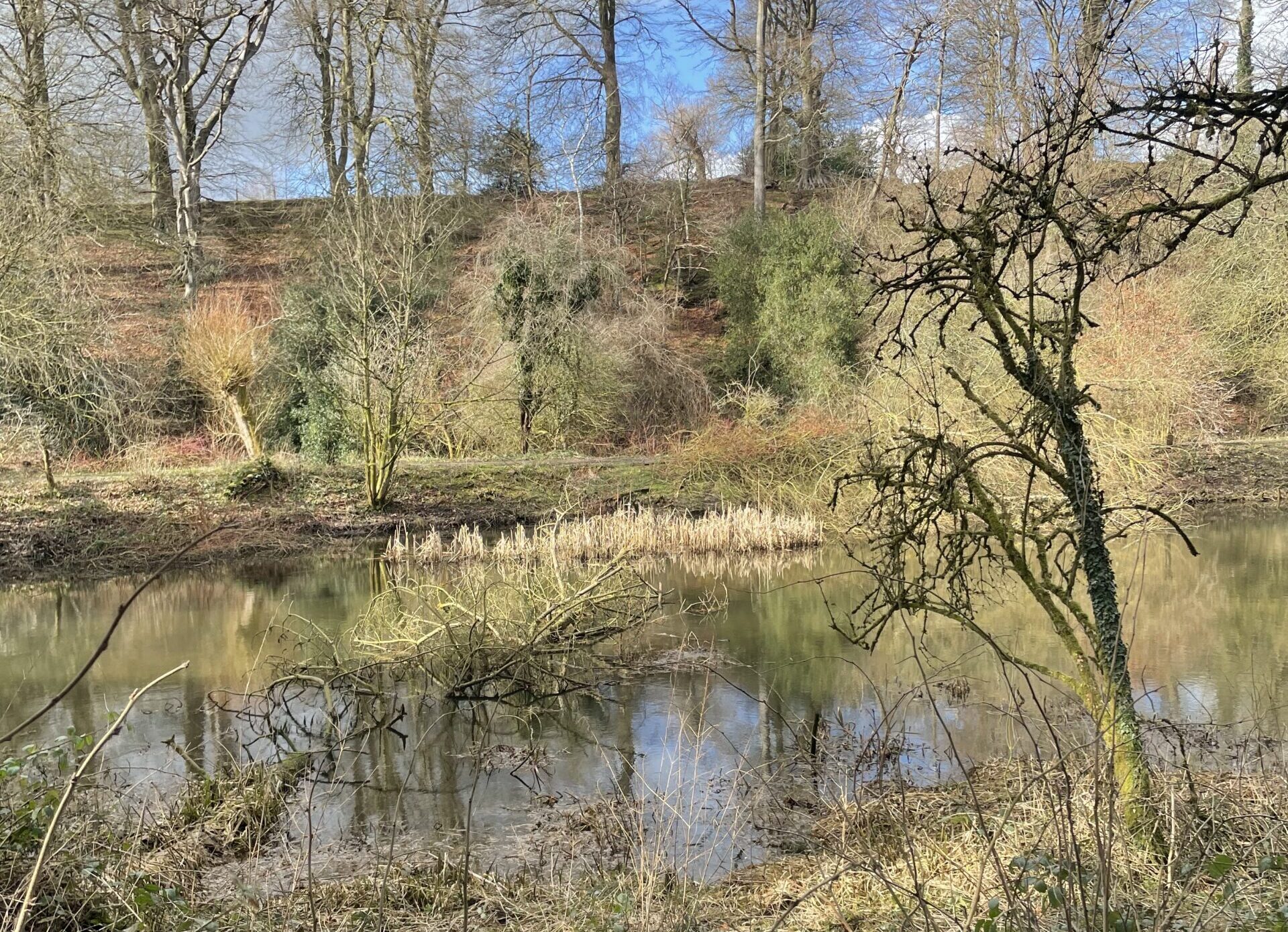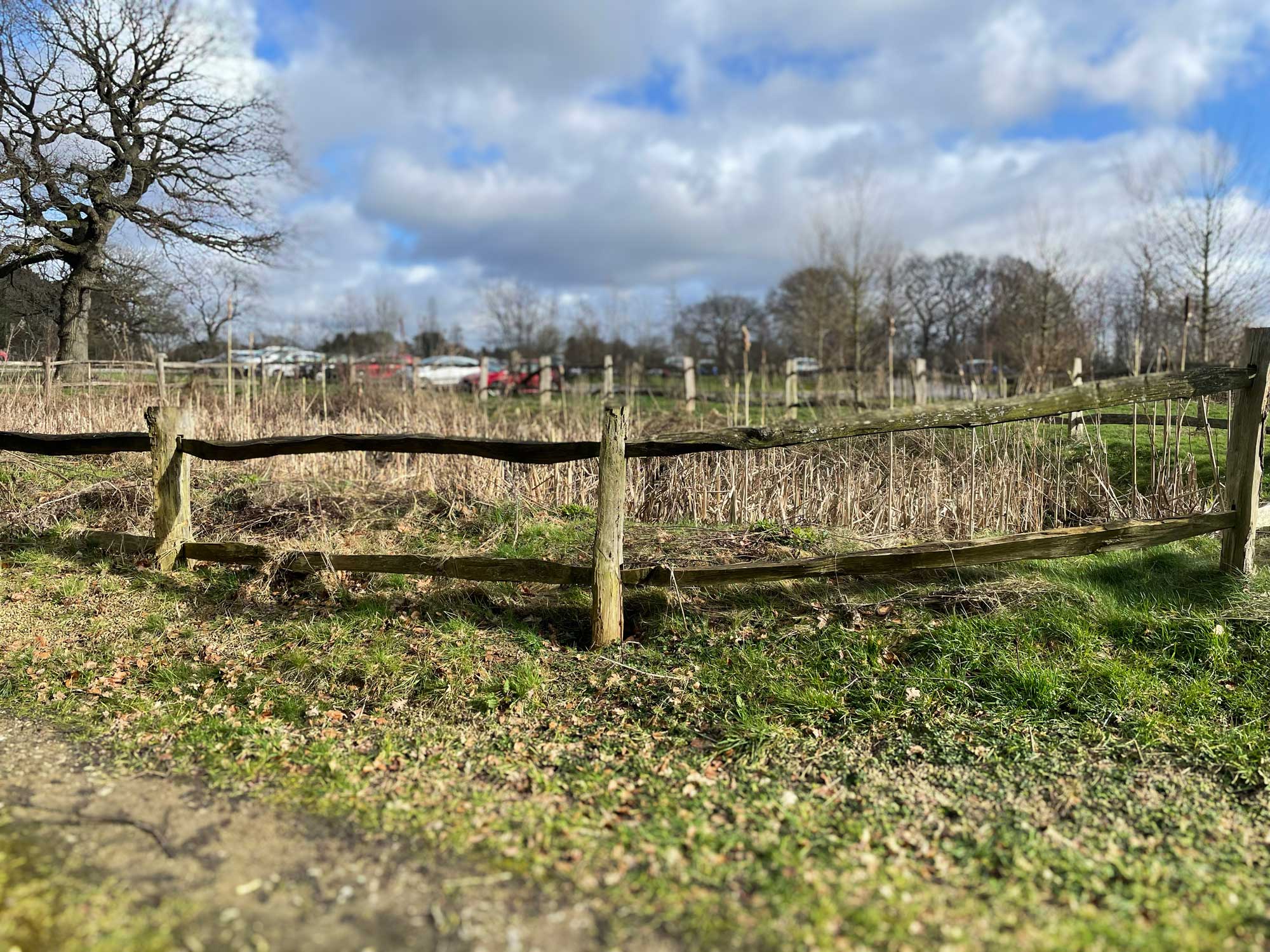

Our aim was to encourage children and young people to experience their local ‘natural’ environment as a place to learn and play, and by doing so experience all the benefits that being outdoors in nature brings. We wanted them never to pass by a pond again without thinking of the wonders they’d heard going on under its surface during their workshops with us. To do this, we combined light-touch science approaches, such as pond-dipping and species identification, with listening to those creatures in their element through hydrophones—the stridulating water boatmen, the fizz of photosynthesising plants. Then, our aim was to bring the wonders of these ‘scientific’ explorations together with the wonderful capabilities of poetry to hold ideas and emotions together in short pieces of writing. Our team of poets, sound artists and pond experts shared their skills to help the students make poems that revealed to them a new understanding of what poetry can be, and by doing so to share their experiences of finding out about ponds with a wider audience through shaped and considered artistic forms.
Image credit: Lucy Mercer
The project was contextualised within the landscape restoration of a variety of freshwater habitats including ‘ghost ponds’ at National Trust sites in the River Bollin catchment area, through the Riverlands, Bollin Project. The Riverlands Bollin Project is part of the Trust’s Freshwater Renaissance programme, a two-year programme of work aiming to restore a functioning network of biodiverse and climate resilient freshwater habitats including small and often undervalued headwater streams, ponds, flushes, and ditches. The programme also aims to connect more local communities to their rivers and freshwater habitats. To engage these groups, the project has delivered a series of engagement activities and events with diverse community groups, including many with children and young people, inspiring the next generation to love our rivers – a natural fit with RENEW’s Theme 2 focus on communities and our work to connect under-represented groups with nature.

Image credit: Lucy Mercer
We worked together for a nine-month period to design and deliver an extended learning programme with schools. We began with school visits to accessible ponds at Quarry Bank, where students learnt to make field recordings, name pond species and respond to careful creative writing prompts that helped them to gather their feelings and findings together in a ‘poetry passport’. This playful poetic note making (and in some instances complete poems) was then developed through two classroom sessions for each group to revise, record and score their work to produce sound poems for sharing. The students learnt about pond life, poetic techniques, sound-recording, and scoring and shaping a performance for audio playback.
While we were unable to visit them due to difficulty of access, we took inspiration from the restoration of ‘ghost ponds’ in the River Bollin catchment. A ghost pond is a pond that has been filled in, usually due to ‘agricultural improvement’, but which retains its seed-rich original sediment beds that spring back to life when infill is removed and water returns.
With this potent idea of potential ecological time-capsules dotted around the River Bollin to explore, we were able to engage the children in ways that delighted all involved as our workshop leaders attested:
‘Some of the most memorable moments for me on the project were watching the students of Piper Hill listen to the Hydrophones and dance on the banks of the mill pond. The joy in that connection helped inspire them to write the most wonderful poetic responses to the environment.’ Oliver Lomax
‘Pond Beats reminded me I’m a facilitator, giving me the ability to spend time developing ideas with the luxury of space for contemplation and meditation. Leading with the audio helped create that space for reflection, freeing the children from the tyranny of the pen and paper.’ Dom Conlon
‘Simply making time for children to sensorially experience first-hand the ponds was a win. Additionally, the allowance to interpret these experiences creatively rather than simply as taxonomical findings to be memorised was extremely valuable. The vast varied abilities of different children and classes could all find some way of expression through this.’ Ryan Woods

Image credit: Lucy Mercer
The outcomes from this project include a set of evocative poems by primary, secondary, and sixth form students from Ringway Primary, Dixons Brooklands Academy, and Piper Hill in Manchester, and a collaborative ‘sound poem’ by each group that weaves together recordings of pond life from Quarry Bank with the pupils’ performance of their own poetry. The poems express the joyful and complex journey the children took towards their new understanding of ponds and poetry.
From July to November 2025, the sound poems have been showcased in a travelling ‘silent disco’ exhibition at NT Lyme, Quarry Bank, and Dunham Massey as part of the Freshwater Renaissance engagement programme. The exhibition was stationed at Lyme Mid-July to early September. It is now running at Quarry Bank where it will stay until 13th October, before traveling to Dunham Massey where it will be displayed 18th October-16th November.
This project was made possible through a collaboration between RENEW and the Freshwater Renaissance programme led by the National Trust. The Freshwater Renaissance programme is funded by the Government’s Species Survival Fund. The fund was developed by Defra and its Arm’s-Length Bodies. It is being delivered by The National Lottery Heritage Fund in partnership with Natural England and the Environment Agency.